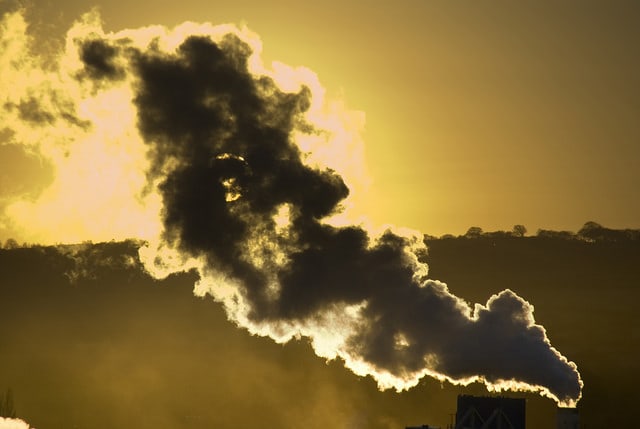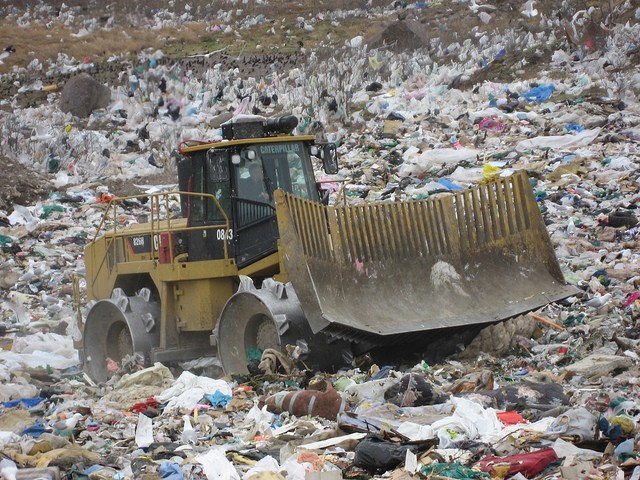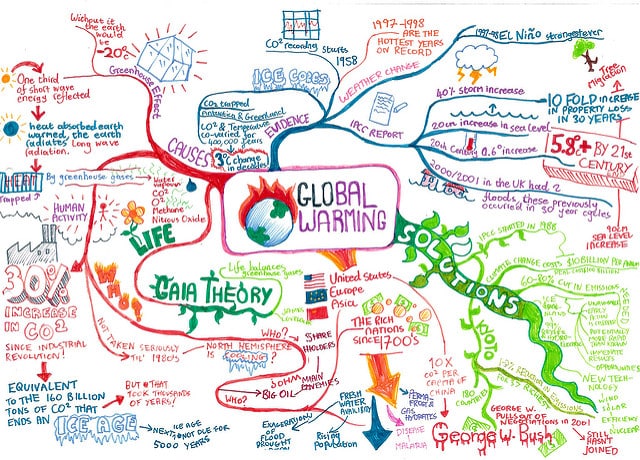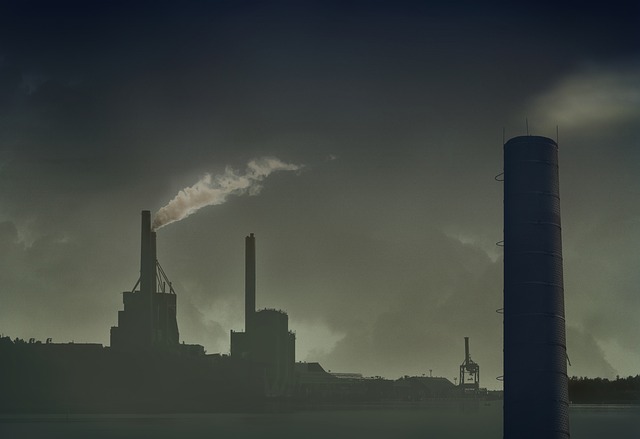Air Pollution: Remarkable Ways To Reduce The Harmful Effects of Air Pollution
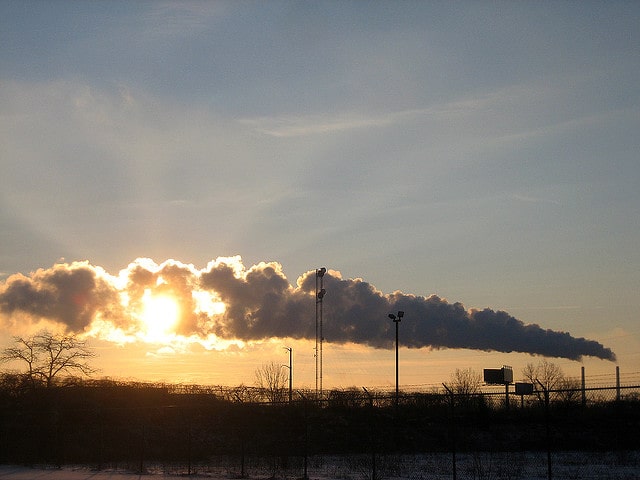
Air pollution is a major threat to the environment and affects almost everyone and everything, including humans, animals, cities, crops, forests and aquatic ecosystems.
The World Health Organization (WHO) reported that 7 million people died as a result of air pollution. This figure confirms that air pollution is one of the most serious environmental health hazards. Reducing it significantly could millions of lives.
The Basics Of Air Pollution
Air pollution is the release of harmful substances into the air. These substances adversely affect human health, animals, plants, and the entire planet.
There are several causes of air pollution, but energy use and manufacturing are the leading culprits. Burning fossil fuels produces chemicals and gases, like carbon dioxide and methane into the air. These gases are known to increase the earth’s temperature, which creates a favorable condition for smog to develop resulting in climate change. Consequently, climate change boosts the production of allergens like mold and pollen.
The Effects Of Air Pollution
Smog And Soot
Smog occurs when emissions from burning fossil fuels react with sunlight. Soot comprises of tiny chemical particles, allergens, dust, smoke or soil. The major sources of smog are vehicles, factories, incinerators, power plants and other engines powered by fossil fuels.
Soot particles are dangerous because they can penetrate the bloodstream and lungs, where they can worsen bronchitis, cause heart attacks, and even premature deaths.
Smog, on the other hand, can cause eye and throat irritation, particularly in people who rarely exercise, senior citizens and kids. It can be more severe for people with asthma or allergies since the extra pollutants can intensify the symptoms and even trigger asthma attacks.
Dangerous Air Pollutants
Hazardous pollutants are either lethal or pose severe health risks in small quantities. Some of the most common dangerous pollutants include benzene, dioxins, lead, and mercury. They’re usually omitted during coal or gas combustion, incineration or found in gasoline.
Benzene is carcinogenic and can cause eye, lung and skin irritation. Dioxins can harm the liver, immune, endocrine, nervous and reproductive functions. Lead can adversely affect children’s IQ, brains and kidneys, while mercury damages the central nervous system.
Greenhouse Gases
Greenhouse gases are gases that retain heat in the atmosphere. Some of these gases include carbon dioxide, methane, nitrous oxide, and fluorinated gases.
By retaining the earth’s heat, greenhouse gases cause an increase in temperatures and the effects of climate change, such as rising sea levels, increased transmission of infectious diseases, extreme weather and heat-related diseases.
Pollen And Mold
These air pollutants come from grass weeds and trees and are exacerbated by climate change. Molds grow on damp places and can result in allergenic airborne pollutants. Exposure to mold can also precipitate allergic reactions or asthma attacks. Some molds can even generate dangerous toxins, which can cause devastating health problems when inhaled.
Pollen allergies are becoming worse due to climate change which prolongs the pollen production season. This means that more people will suffer from itchy eyes, runny noses, fevers, and other symptoms.
How To Minimize The Effects Of Air Pollution
Taking both preventative strategies and adopting clean sources of energy can help reduce the harmful effects of air pollution. Here are x remarkable ways to reduce these effects:
Air Purifiers
Air purifiers are electronic appliances that help in the removal of air pollutants. They’re carefully designed for people who suffer from allergies or asthma and also help in eliminating secondhand smoke. Air purifiers can be used in both residential and commercial environments.
Clean Energy
Fossil fuels are the major contributors to air pollution. Opting to clean energy sources, therefore, offers a practical solution. Some of the clean sources of energy include wind, solar, hydropower and geothermal.
Conserve Energy
As you plan to shift to clean energy, conserve as much energy as possible. Large quantities of fossil fuels are burnt to produce electricity. Therefore, you can save the environment from air pollution by reducing the number of fossils consumed by switching off fans and using energy-efficient appliances.
Electrostatic Smoke Precipitators
Power plants and factories are some of the leading sources of air pollution. These facilities constantly emit gaseous wastes and fumes into the atmosphere. Using electrostatic smoke precipitators to trap soot and dust from these gaseous wastes can help reduce air pollution significantly.
Use Public Transportation Or Carpooling
Encourage people to make use of carpooling or public transport more often to reduce air pollution. If you and your workmates come from the same location and have the same timings, try this option to save time, money and energy.
Several measures are being taken at personal, governmental and industrial levels to curb air pollution globally. Raising awareness can also address this challenge from escalating because people actually contribute to pollution in various ways without even knowing.

